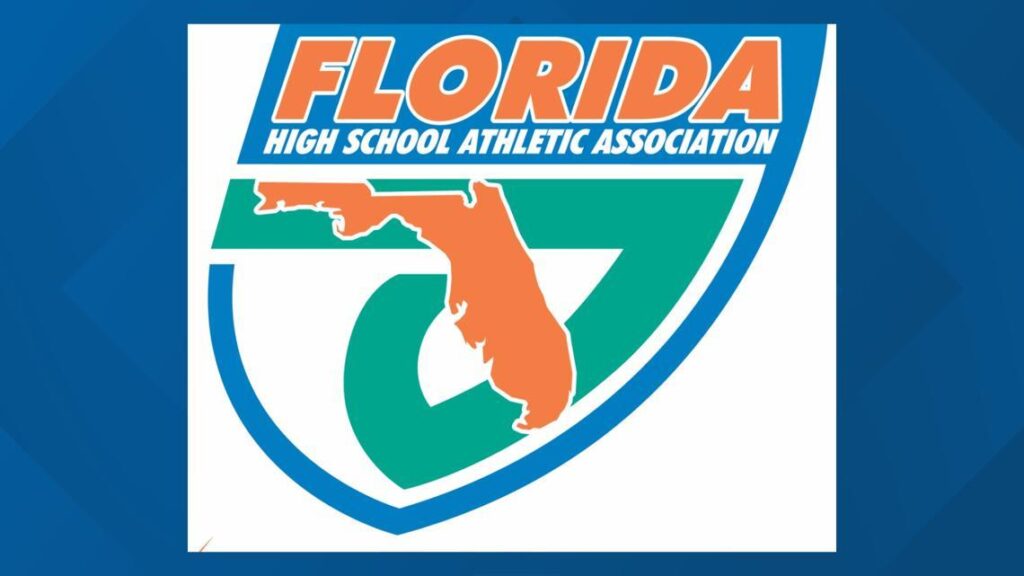The Florida High School Athletic Association (FHSAA) has decided to maintain its current stance, allowing middle school athletes to continue participating in varsity sports for the time being. This decision comes amid ongoing debates about the impact of younger players competing at higher levels. While some stakeholders advocate for stricter regulations to protect student-athletes, the board’s reluctance to implement immediate changes leaves the door open for middle schoolers aiming to showcase their talents on varsity teams.
FHSAA Board Maintains Status Quo on Middle School Varsity Participation
The FHSAA board has decided to uphold the existing regulations regarding middle school athletes participating in varsity sports, opting not to implement any immediate policy changes. This decision comes after extensive discussions and input from various stakeholders, including school administrators, coaches, and parents. Concerns over competitive balance, athlete safety, and academic impact were central to the debate, but ultimately, the board determined that current guidelines sufficiently address these issues for now.
Key considerations highlighted during the meeting included:
- Potential physical and emotional challenges for younger athletes competing at the varsity level
- Maintaining fair competition among high school varsity teams
- The importance of fostering development opportunities within middle school sports programs
- The need for continued data collection and monitoring before revisiting the issue
| Aspect | Current Policy | Potential Change |
|---|---|---|
| Middle School Varsity Eligibility | Allowed with restrictions | Possible future limitations |
| Health and Safety Protocols | Mandatory screenings | Enhanced monitoring suggested |
| Academic Requirements | Standard eligibility rules | No immediate changes |
Concerns and Debates Surrounding Younger Athletes Competing at High School Level
The decision to allow middle school athletes to compete at the varsity level has sparked significant discussion among educators, coaches, and parents alike. Critics argue that younger athletes may face physical and emotional challenges competing against older, more developed peers. Concerns have been raised over the risks of injury, academic strain, and social pressures that come with stepping into a high school sports environment too early. Advocates warn that premature exposure to intense competition could lead to burnout or hinder long-term athletic development.
Supporters of the current policy highlight several potential benefits, including enhanced skill development, increased motivation, and the opportunity to gain valuable experience before full high school participation. Still, the debate revolves around how to maintain a fair and safe playing field for all students. Key points raised in the discussion include:
- Physical readiness: Assessing whether younger athletes possess the necessary strength and conditioning.
- Academic impact: Balancing athletic commitments with schooling responsibilities.
- Emotional maturity: Coping with the pressures of varsity-level competition and fan expectations.
- Equity concerns: Ensuring that opportunities are equally available without disadvantaging older student-athletes.
| Stakeholder | Primary Concern | |||||||||||||||||||
|---|---|---|---|---|---|---|---|---|---|---|---|---|---|---|---|---|---|---|---|---|
| Coaches | Balancing team competitiveness with athlete safety | |||||||||||||||||||
| Parents | Protecting their child’s physical and emotional wellbeing | |||||||||||||||||||
| School Administrators | Maintaining equitable sports policies and academic integrity It looks like the last table row for “School Administrators” was cut off. Here’s the completed and corrected version of the HTML snippet for you, with the missing closing tags and completed content:
“`html The decision to allow middle school athletes to compete at the varsity level has sparked significant discussion among educators, coaches, and parents alike. Critics argue that younger athletes may face physical and emotional challenges competing against older, more developed peers. Concerns have been raised over the risks of injury, academic strain, and social pressures that come with stepping into a high school sports environment too early. Advocates warn that premature exposure to intense competition could lead to burnout or hinder long-term athletic development. Supporters of the current policy highlight several potential benefits, including enhanced skill development, increased motivation, and the opportunity to gain valuable experience before full high school participation. Still, the debate revolves around how to maintain a fair and safe playing field for all students. Key points raised in the discussion include:
|





